
2025 BYD Shark 6 sales scrutinised as rival Kia Tasman ute and plug-in hybrid Ford Ranger PHEV and GWM Cannon Alpha launches loom
BYD Shark 6 fever has well and truly swept over the country, but is it all as...
Browse over 9,000 car reviews

Mazda Australia says it is not concerned its new large SUV strategy will confuse buyers, and believes the four new models will have their own distinct identity on dealer showroom floors.
The Japanese carmaker has already launched two models in Australia from its new ‘Large Product Group’, starting with the five-seat CX-60 in mid-2023, while the larger, three-row CX-90 followed later in the year.
The five-seat CX-70 and another three-row model, the CX-80, will land Down Under before the end of the year.
Questions have been asked about Mazda Australia’s decision to introduce all four models - the only market globally to do so. Especially given the relative similarity in design and execution of the four SUVs.
To clarify, the CX-60 and 80 are closely related - the 80 being a longer three-row version of the 60. While the CX-70 and 90 and more aligned, with the latter offering three rows to the former’s two.
The original plan was for the CX-60 and 80 to be pitched at the European and UK markets, while the 70 and 90 are geared to North America. But given Mazda Australia’s sway at Mazda HQ in Hiroshima, the local arm successfully lobbied to get access to all four models.
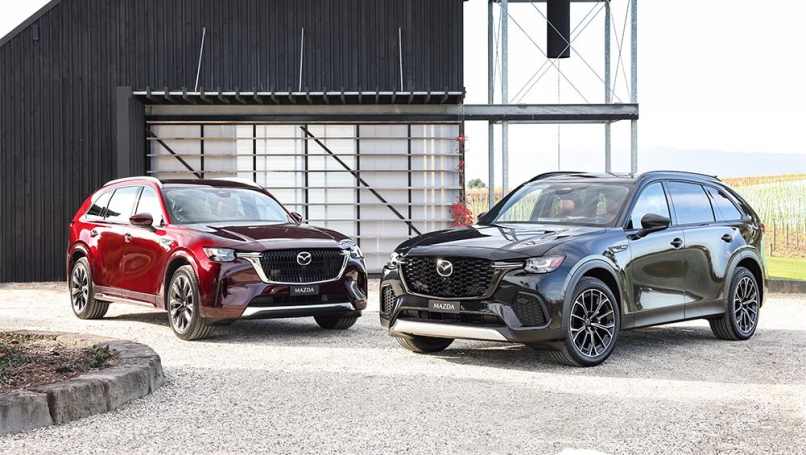
This helps in part to address the gap in Mazda’s line-up following the discontinuation of the three-row CX-8 and CX-9.
Mazda Australia Marketing Director Alastair Doak detailed how the new models fit into Mazda’s line-up and how they will complement the existing models.
“In terms of the five-seat range, we're going all the way from CX-3 up to CX-70. So for us we see CX-70 as the flagship five seater, and obviously therefore it sits above CX-60. It's certainly there in terms of presence and size and all those things. So it just gives people another option beyond 60 in that range,” he told CarsGuide in Canberra last week, where all four models were displayed together for the first time.
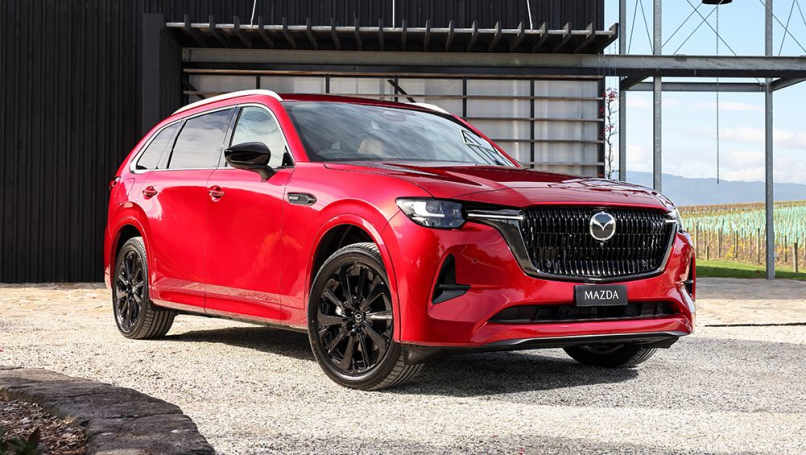
“And with 80 and 90, obviously, we had two three rows before and now we have two three-row models. So obviously again, 80 comes in and will cover a reasonable amount of where CX-8 and CX-9 were. And then 90 is our flagship model. It is pretty straightforward really, and there are subtleties of that audience as well. And obviously dictated to by price point as well, but also life stage and all the things, so that we can see a market for each of those cars and an audience for each of those cars that we can speak to from a marketing comms point of view.”
With so much volume gone with the end of CX-8 and CX-9 production, Doak nominated the expected top sellers among the new breed of family SUV.
“Well, 60 and 80 will obviously be the biggest sellers out of the range, just from the Australian market. Obviously, as you go up the price point, the volume falls away. So the ones that sit lower, then obviously they have a bigger market.”
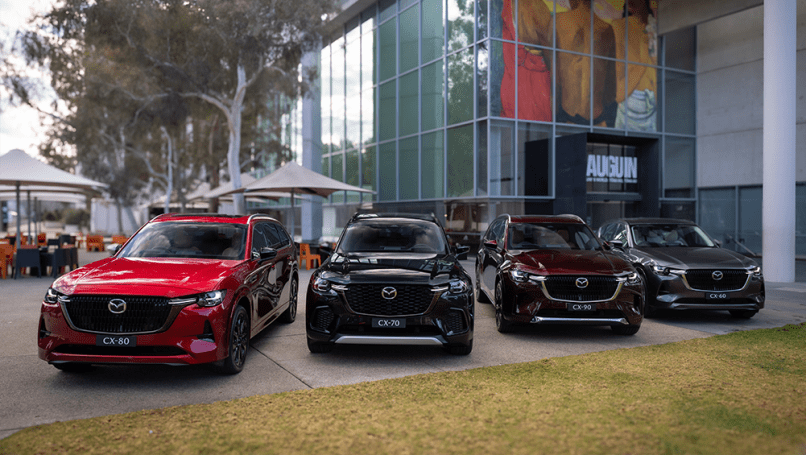
Mazda is yet to announce Australian pricing for the CX-70 and CX-80, but it’s expected to be revealed soon. Doak said this is being worked through at the moment, but there could be a change in pricing for the CX-60 and 90 to accommodate the two new models and provide more clarity to buyers.
“We do have a drive-away offer on the CX-60 currently, which changes its value equation obviously so you know, we will have to take that into account to see where the other models sit.
“We're working through it at the moment. We actually haven't locked it in yet. But I'm hoping that will happen in the next couple of weeks. Realistically, we're getting to … decision time. So we'll see what happens.”
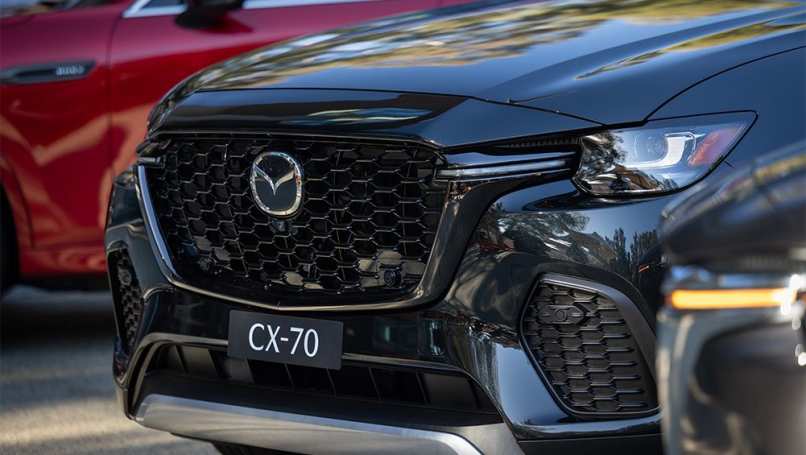
Currently the CX-60 - which is offered in six-cylinder turbo petrol, diesel and plug-in hybrid guises - ranges in price from $60,550 to $86,800 before on-road costs, while the petrol and diesel-only CX-90 is pricier at $74,550 and topping out at $101,130 - the most expensive Mazda money can buy.
Doak said the majority of CX-60 and 90 buyers so far have been, as expected, Mazda owners looking to move up the range.
“It's a mix, but mostly where we said we would get them from which is upshift within the Mazda line-up. And they're familiar with us, they’re familiar with the dealers. So you know, they're an obvious audience and an easier audience to speak with.
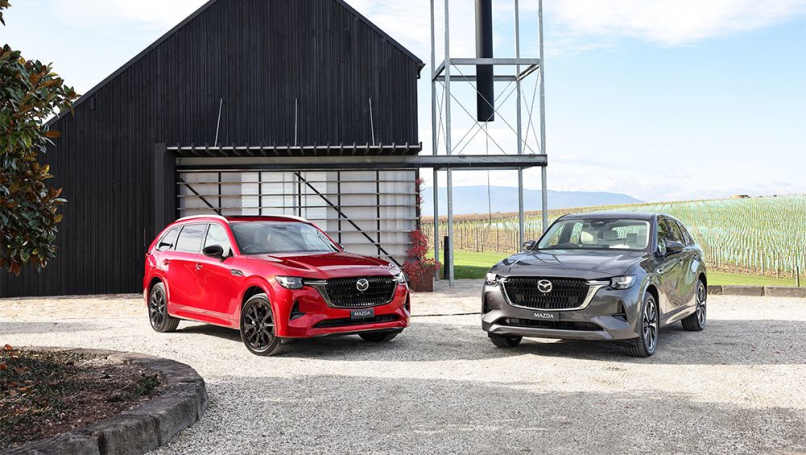
He added that there has been some influence in nabbing buyers from other brands but that most are existing Mazda customers.
Comments